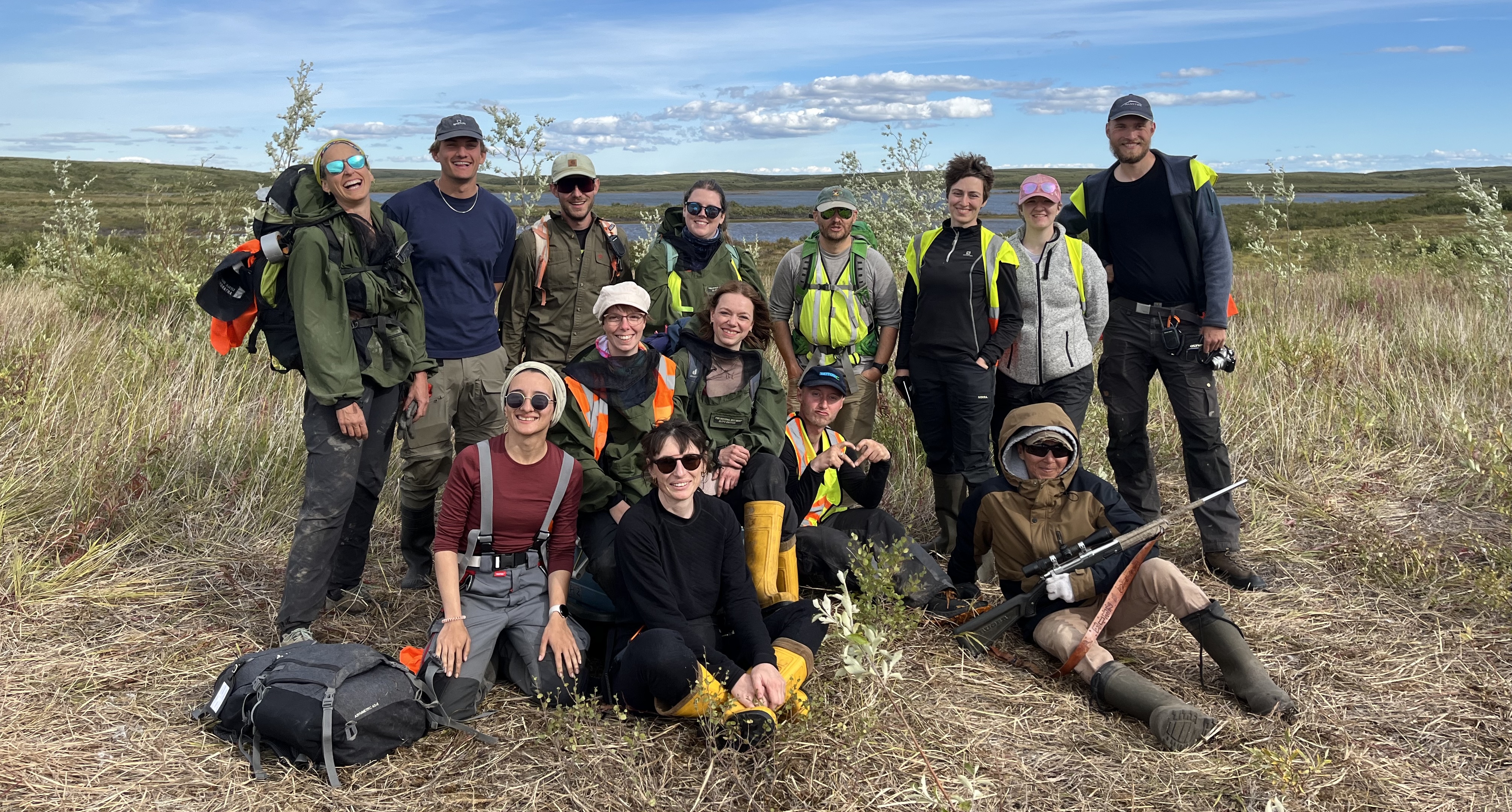Work packages 1, 2 and 3 joined efforts together with the project ThinIce (Thawing industrial legacies in the Arctic - a threat to permafrost ecosystems) also this year, in the western arctic tundra.
Even though many of our team have been up in Inuvik before, this time around felt a little different. Probably because this was a different August, the weather was a little colder, we were not breaking temperature records this summer (as it happened last year!), but instead we cruised at a comfortable 20°C. The mission was the same, however, in order to accomplish our goal of shining light on the state of the many drilling mud sites in the Mackenzie Delta (WP3) and the characterisation of the contaminant distribution in permafrost soils (WP1) and changes in Arctic tundra vegetation (WP2).
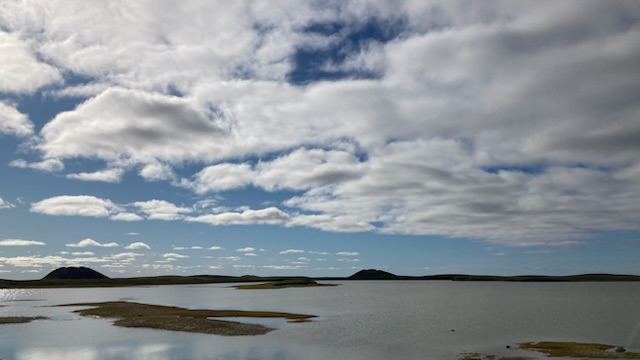
After the first three days spent on logistic and groceries errands, we all got to work: team soil dug pits in a large variety of pristine and contaminated sites; team vegetation took plots, drone images and field spectra; team geophysics measured ground conductivity along extraordinarily long transects and new permeameters allowed team hydrology to gather a plethora of new datapoints. 130 soil and permafrost samples in undisturbed environment soil pits were collected, coordinated with vegetation and berry sampling. 178 samples from permafrost and active layer were collected over the mud sumps.
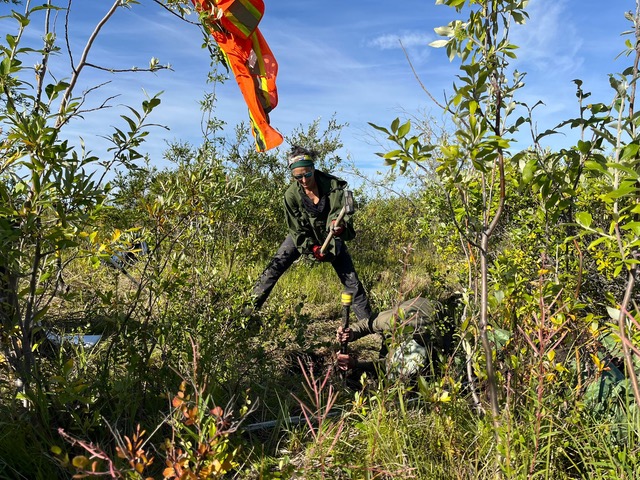
By the end of the expedition the leaves turned yellow, the temperatures dropped to three degrees, and the tundra slowly but surely exchanged its last shades of green for a beautiful red that shines in the rain. The new multitude of information and samples filled us with joy and our calendars with work for the coming months. A first step toward this was a meeting with the Inuvialuit Land Administration (ILA) we held on August 29th. Working with ILA, which manages the indigenous-owned lands we had been working on, provided us with incredibly important insights on the nature of our work. Left with a feeling that our research has direct implication and relevance for the people native to the Canadian Arctic, the departure of people commenced by the end of August.
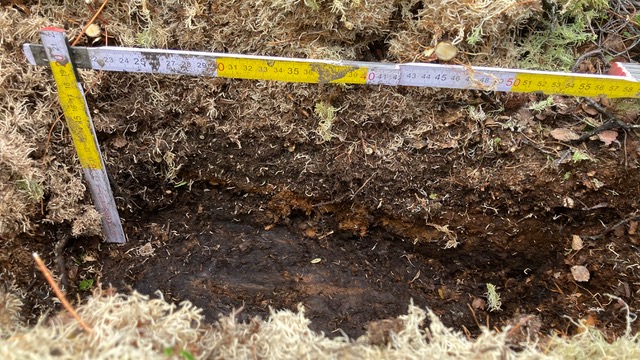
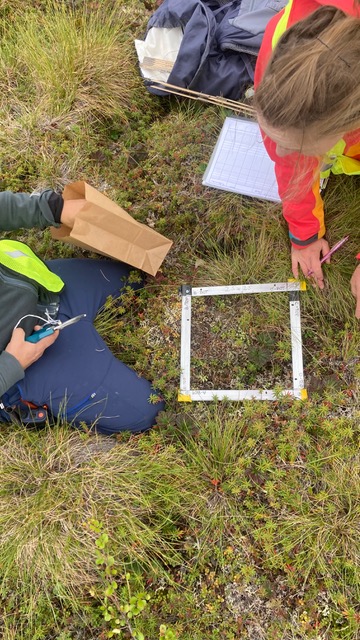 |
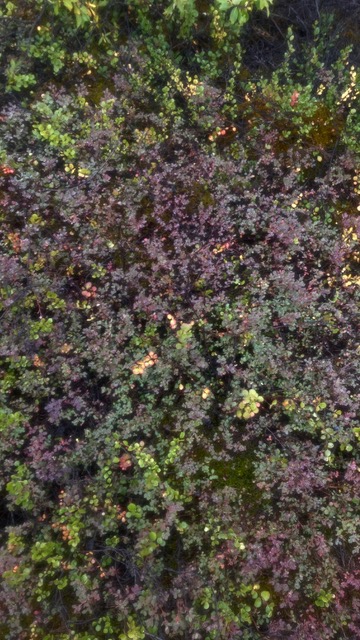 |
 |

